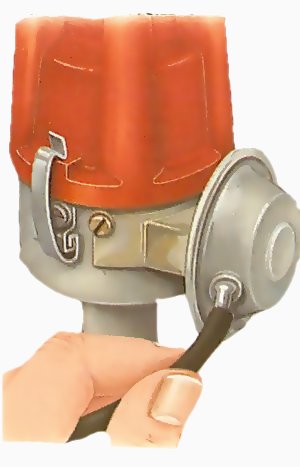
In the picture you can see the manual, tools, strobe, battery and something to kneel on.
Static timing light manual#
Make sure you follow the manual as sometimes there are marks for timing and others for checking valve clearances. On the XS650 the timing marks are on the alternator side. Of course it takes a bit of working out with a degree disc or dial indicator first but I always thought it was worth the initial effort in the time saved later on.

I often did this with my older two strokes, like my old D14 Bantam, as it was a lot quicker and easier to whip the strobe out than set up the dial indicator or degree disc. Fear not, as with a bit of paint you can make your own timing marks. These are often provided by the manufacturers but on older models they are not.
The first on a moving bit, like the alternator rotor, and another on a static bit like the crankcase. To carry out dynamic timing with a strobe you will need timing marks. This latter method is normally the one you use with electronic ignition setups and later points systems and is the one I will attempt to describe here.

Static timing, where you work out where the points open in relation to the crank position, or dynamic timing which you check with a strobe against marked timing points with the engine running. There are two main ways to check the timing on your bike. Karl Bentley investigates a misfire on his Yamaha XS650, and discovers that it's all in the timing.Ĭoming back from a wonderful ride ( you can read about it here), the ignition timing on my XS650 slipped due to a loose timing disc.


 0 kommentar(er)
0 kommentar(er)
